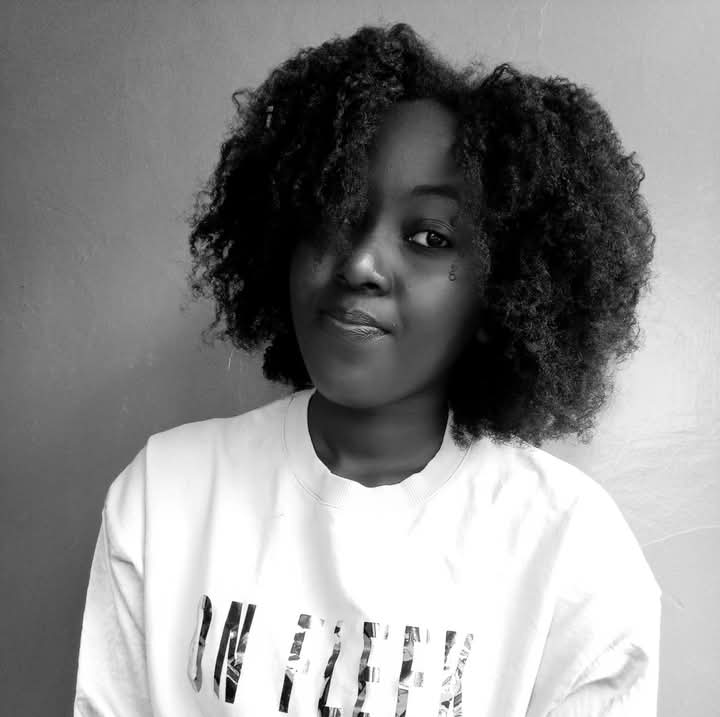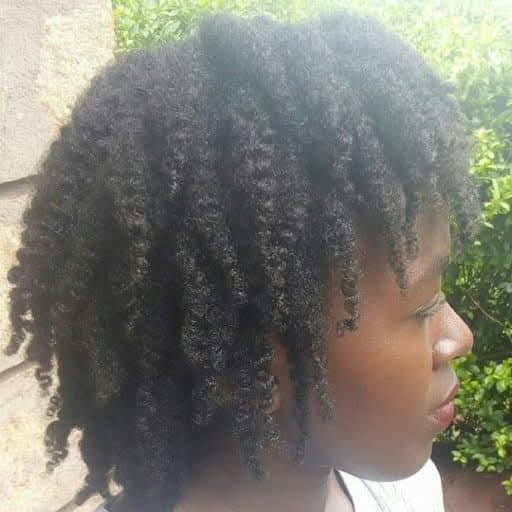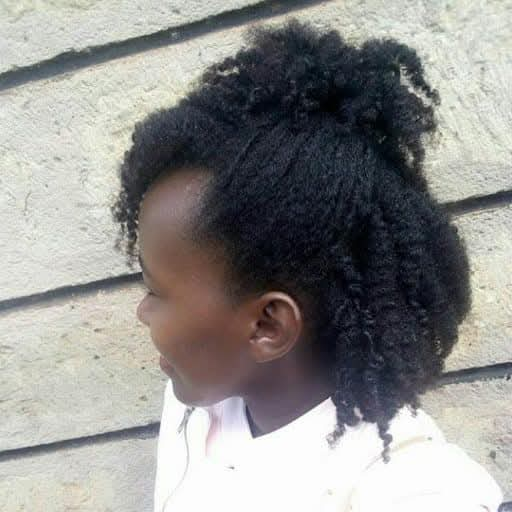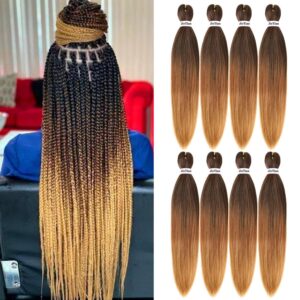Hey bestie, let’s sit down and have a heart-to-heart about something that can be super scary on this curly hair journey—excessive shedding. You know that moment in the shower when you’re detangling your curls and it feels like you’re losing a whole wig? Yep, I’ve been there too. It’s one of those things that can make you second-guess everything in your routine, but before we spiral, let’s take a deep breath and talk through it together.
Hair shedding is actually a normal part of the hair growth cycle. But when does it go from “okay, that’s normal” to “wait a minute, something’s off”? That’s exactly what we’re going to get into. By the end of this, you’ll understand what causes shedding, when it becomes a problem, and what you can do to get your hair back on track.
Related post: the difference between breakage and hair shedding
7 Hidden Reasons Your Curls Are Shedding More Than Normal
Understanding What’s Normal
First things first, let’s get this out of the way: shedding is normal. On average, people shed anywhere between 50 to 100 hairs a day. If you’re someone who wears your curls in protective styles or doesn’t manipulate your hair daily, you might see all of that shedding show up on wash day, which can make it seem like you’re losing a lot more hair than you actually are.
Curly and coily hair tends to hold onto shed hairs until you detangle. So don’t panic if you see a handful of hair in your comb or fingers after wash day. The issue is when the shedding seems excessive or is accompanied by other signs like thinning, breakage, or bald spots.

Possible Causes of Excessive Shedding on Curly Hair
Alright sis, let’s break down the common culprits behind excessive shedding. Some of these might surprise you, and others might be things you’ve suspected but weren’t totally sure about.
1. Stress
This is a big one. Emotional or physical stress can throw your hair into a phase called telogen effluvium, where more strands than usual enter the shedding phase of the hair cycle. If you’ve gone through something emotionally taxing, gotten sick, or even experienced major changes like surgery or pregnancy, your hair might respond by shedding more than usual.
Stress doesn’t always show up immediately. You might notice shedding a few weeks or even months after a stressful event. So if you’ve been under pressure lately, don’t ignore that connection.
2. Hormonal Changes
Our hormones control a lot more than we think, including how our hair grows. Changes like coming off birth control, pregnancy, postpartum, menopause, or thyroid imbalances can all affect your hair’s growth cycle and lead to more shedding than normal.
If you suspect something hormonal is going on, it’s worth chatting with your doctor or a trichologist (a hair and scalp specialist) to get things checked out.
3. Poor Nutrition
Hair needs nutrients to grow strong and stay on your head. If your diet is low in protein, iron, zinc, or certain vitamins like biotin or vitamin D, your hair might start shedding more. Your curls reflect what’s going on inside your body.
Make sure you’re eating a balanced diet with plenty of leafy greens, protein, nuts, seeds, fruits, and whole grains. And if you’re not sure you’re getting enough, a good multivitamin or supplement might help.
4. Improper Detangling
Sometimes what we think is shedding is actually breakage. If you’re detangling your curls when they’re dry, rushing through with a comb, or skipping conditioner, you could be breaking your hair rather than shedding naturally.
To avoid this, always detangle when your hair is wet and has plenty of slip. Use your fingers or a wide-tooth comb and take your time, starting from the ends and working your way up. A detanger or slippery conditioner like the African Pride Moisture Miracle Pre-Shampoo Hair Detangler or the Aunt Jackie’s Curls and Coils Knot On My Watch Instant Hair Detangling Therapy can make a big difference.

5. Product Buildup and Scalp Issues
A dirty or clogged scalp can also lead to excessive shedding. If your scalp can’t breathe, your follicles might get inflamed and start shedding hair. Using heavy products without cleansing properly can create buildup that suffocates your roots.
Make sure you’re cleansing your scalp regularly with a gentle but effective shampoo. Something like the Camille Rose Sweet Ginger Cleansing Rinse can help keep your scalp healthy without stripping your curls.
Also, don’t ignore signs like itching, flaking, or tenderness. Scalp conditions like dandruff or seborrheic dermatitis can cause hair to shed, too.
6. Overstyling or Excessive Protective Styling
Protective styles are amazing for length retention, but if you’re constantly pulling your hair into tight buns or getting braids that tug at your edges, you could be doing more harm than good. Tension on your hairline or scalp can lead to traction alopecia and cause unnecessary shedding.
Give your hair breaks between styles, don’t keep braids in too long, and avoid styles that pull too tight—especially around the edges.
7. Seasonal Shedding
Yep, just like animals shed more during certain seasons, we can too. Some people experience more shedding in the fall or spring, and it’s just the body’s natural rhythm. If your shedding increases a little during a season change but then goes back to normal, it might just be seasonal.

So What Can You Do About It?
If you’re dealing with excessive shedding, here are some things you can start doing today:
- Keep a hair journal to track your routine and see what might be triggering the shedding
- Focus on scalp care—massage your scalp regularly with oils like rosemary, peppermint, or tea tree
- Deep condition every time you are cleansing your hair to strengthen your strands and reduce breakage
- Make sure you’re moisturizing regularly and using the LOC or LCO method
- Handle your hair gently, especially when it’s wet or tangled
- Eat a balanced diet and stay hydrated
- Don’t be afraid to see a professional if you suspect a medical or hormonal issue
Let’s Wrap This Up
Shedding is scary, I get it. But it doesn’t always mean something is seriously wrong. Sometimes it’s your body’s way of telling you it needs a little extra care or rest. And sometimes it’s just part of the normal cycle. The key is to learn your hair and listen to it.
If you’re shedding more than usual and it’s lasting longer than a few weeks, don’t ignore it. Look at your overall health, hair routine, and lifestyle, and try to pinpoint the cause. And if all else fails, don’t hesitate to reach out to a professional.
Remember, your curls are beautiful, even on the hard days. Be gentle with yourself and your hair.



